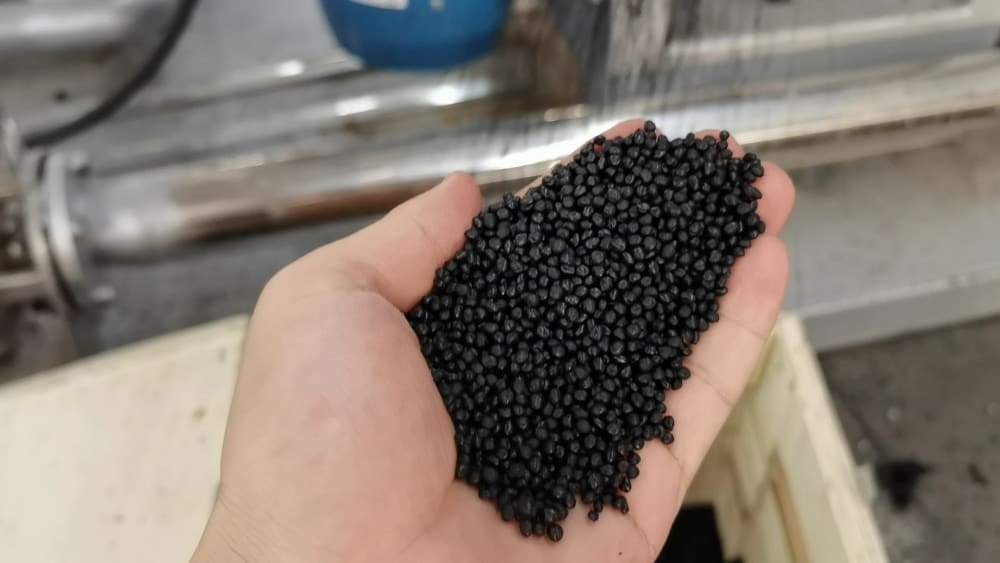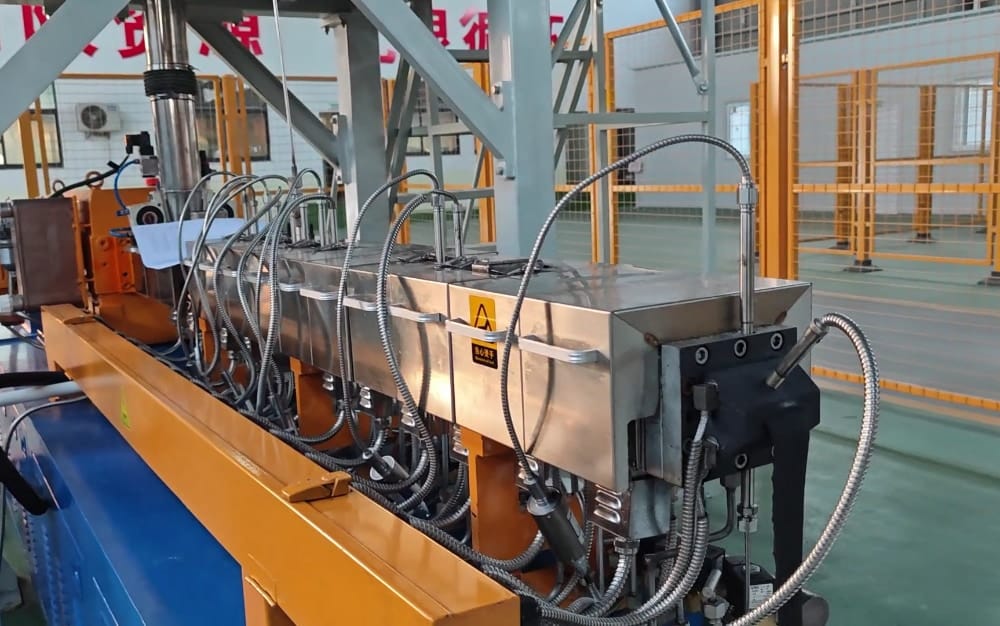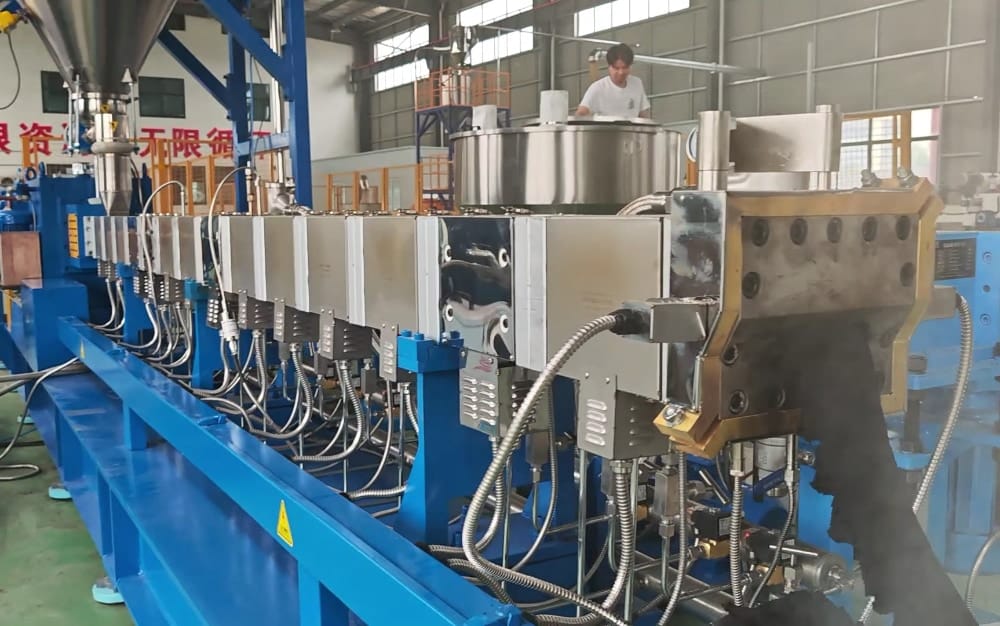Rubber Devulcanization
Amid growing global emphasis on environmental protection and sustainable resource utilization, rubber recycling has become a crucial aspect of managing waste tires and industrial rubber waste.
USEON’s rubber devulcanization equipment utilizes a thermo-mechanical process that applies high temperature and shear forces to selectively break sulfur-sulfur (S-S) and carbon-sulfur (C-S) bonds, while preserving the carbon-carbon (C-C) backbone structure. This process requires no chemical solvents or additives, ensuring an environmentally friendly and sustainable recycling approach.
This technology is applicable to the recycling of various vulcanized rubbers, including Natural Rubber (NR), Styrene-Butadiene Rubber (SBR), Nitrile Butadiene Rubber (NBR), and Ethylene Propylene Diene Monomer (EPDM), and is widely used in the remanufacturing of products such as tires, seals, and shock absorbers.
We welcome you to contact us to learn more about rubber recycling and devulcanization technology, and to jointly promote green manufacturing and the development of a circular economy.
Table of Contents
Technical Specification
1) No chemicals (such as activators or softeners)
2) Less energy consumption–Less than 350KWH per ton
3) Highly efficient continuous process ensure consistent quality
4) Rapid Devulcanization — Converts to TDP in less than 2 minutes
5) Less Odor (environmentally friendly)
6) Broad Applicability — Works for scrap tire crumbs, EPDM and other rubbers.
Applications
USEON’s rubber devulcanization technology is widely applied in various fields, including:
- Tire Manufacturing: Recycled rubber can be used in new tire production, reducing raw material costs.
- Building Materials: Used in the production of rubber floor tiles, shock-absorbing pads, and other construction materials.
- Automotive Parts: Remanufacturing of components such as seals and shock absorbers.
- Sports Facilities: Materials for laying tracks and sports fields.
Our Solutions
One Stage Process to Get Tire-Derived Polymer (TDP)
Technical Data Sheet:
| Model | Dia. mm | rpm | L/D | Motor kW | kg/hr |
|---|---|---|---|---|---|
| SAT35 | 35 | 500 | 60 | 30 | 20~40 |
| SAT65 | 62 | 500 | 60 | 132 | 250~300 |
| SAT75 | 71 | 500 | 60 | 200 | 350~400 |
| SAT85 | 81 | 500 | 60 | 250 | 450~500 |
Two Stage Process for TPE Compounding
The first stage of the extruder is designed for rubber devulcanization. In the second stage, TDP is introduced and compounded with the polymer. The final product, TPE pellets, is produced via an underwater pelletizing system.
Technical Data Sheet:
| Model | Dia. mm | rpm | L/D | Motor kW | kg/hr |
|---|---|---|---|---|---|
| SAT65-SAT75 | 62.4/71 | 500/500 | 52/52 | 110/200 | 300-500 |
| SAT75-SAT95 | 71/93 | 500/500 | 52/52 | 160/250 | 600-1000 |



